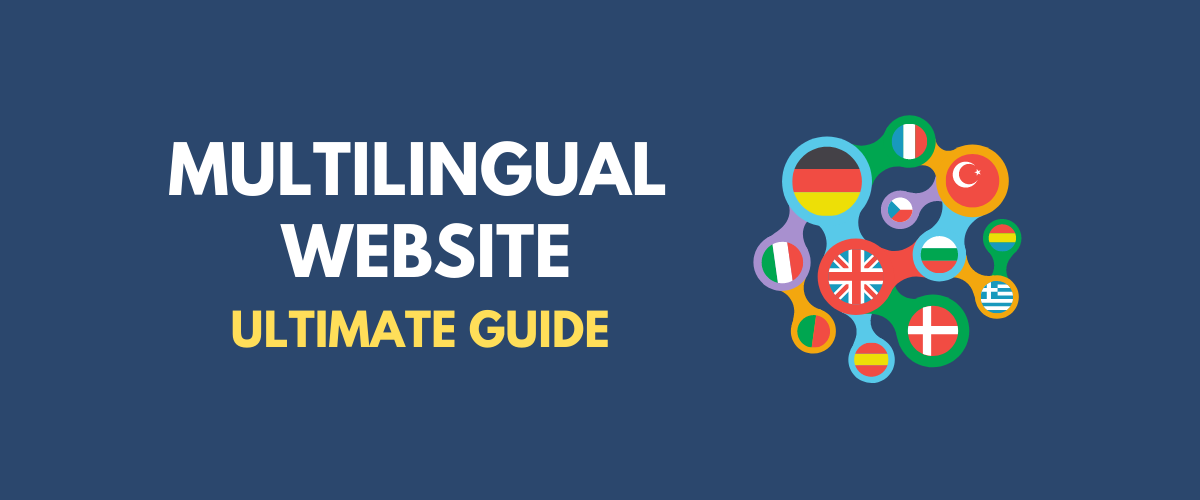Creating a multilingual WordPress site is an excellent strategy to grow your audience, improve user experience, and boost international traffic. However, if not done properly, it can negatively impact your SEO — causing keyword cannibalization, indexing issues, and user confusion.
In this article, you’ll learn how to set up a multilingual WordPress site the right way, while preserving and enhancing your SEO.
Why Going Multilingual Can Improve Your SEO (If Done Right)?
Before diving into setup, let’s talk about why you’d want to make your WordPress site multilingual:
- Higher visibility in international search results
- Improved user experience for non-English visitors
- Increased time on site, reduced bounce rates
- Stronger domain authority across languages
But to achieve this, you’ll need to implement your multilingual site in a way that Google understands clearly.
Step-by-Step: How to Set Up a Multilingual WordPress Site
Step 1: Choose the Right Approach (Multisite vs. Single Site)
You have two main options:
- Single-site with multilingual plugin (Recommended for most users)
- Pros: Easier to manage, unified dashboard, centralized SEO.
- Tools: WPML, TranslatePress, Polylang.
- Multisite installation for each language
- Pros: Full language separation, complete control.
- Cons: Higher complexity, separate SEO tracking, harder maintenance.
For 90% of use cases, a plugin-based approach is sufficient.
Step 2: Choose an SEO-Friendly Multilingual Plugin
Here are the top tools, all SEO-compatible:
| Plugin | Key Features | SEO Friendly? |
| WPML | Advanced features, string translation, WooCommerce support | ✅ Yes |
| TranslatePress | Visual translation, automatic + manual | ✅ Yes |
| Polylang | Lightweight, flexible | ✅ Yes |
All these tools support:
- Proper hreflang tags
- Separate URLs per language (/en/, /fr/, /de/)
- Sitemap generation per language
- Compatibility with Yoast SEO or Rank Math
Step 3: Use Proper URL Structures
Avoid duplicate content by using language-specific URLs:
- Good: yourdomain.com/en/about-us/
- Also good: en.yourdomain.com/about-us/ (subdomains)
- Avoid: yourdomain.com/about-us?lang=en
Why this matters for SEO:
Google treats each language version as a separate page. Unique URLs allow it to index and rank each version properly.
Step 4: Set Up Hreflang Tags Correctly
Hreflang tells search engines which language or region a page targets. Most plugins handle this automatically, but it’s worth checking.
Example for English and French:
html
CopyEdit
<link rel=”alternate” hreflang=”en” href=”https://yourdomain.com/en/” />
<link rel=”alternate” hreflang=”fr” href=”https://yourdomain.com/fr/” />
Pro Tip: Use a tool like Ahrefs Site Audit or Screaming Frog SEO Spider to verify hreflang tags are implemented correctly.
Step 5: Translate SEO Metadata (Not Just the Page Content)
For true SEO benefits, translate:
- Title tags
- Meta descriptions
- Alt text for images
- URLs/slugs (optional, but good for localization)
Most plugins integrate with Yoast SEO or Rank Math, allowing you to set SEO metadata per language version.
Step 6: Generate Language-Specific Sitemaps
Each language version of your site should be included in your XML sitemap. This helps Google crawl and index your content properly.
- Yoast SEO and Rank Math work with WPML/Polylang to create multiple sitemaps.
- Submit each sitemap to Google Search Console under the same property.
SEO Mistakes to Avoid on Multilingual Sites
- Using machine translation only (bad UX and may hurt rankings)
- Not translating meta tags and alt texts
- Having duplicate content across languages without proper hreflang
- Using flags instead of language names (confusing for users and crawlers)
Bonus: How to Handle Language Switching UX?
Make it easy for users to switch between languages. Place your language switcher:
- In the top menu
- In the footer
- As a floating dropdown on mobile
Make sure it’s accessible and clearly labeled (e.g., “English,” “Español”) instead of using flags alone.
Final Thoughts: Multilingual SEO Is a Long-Term Win
Setting up a multilingual WordPress site isn’t just about reaching more users — it’s about doing so without damaging your SEO foundation.
If you follow best practices with the right plugin, SEO strategy, and attention to detail, you’ll open your site to a global audience while keeping Google (and your rankings) happy.

